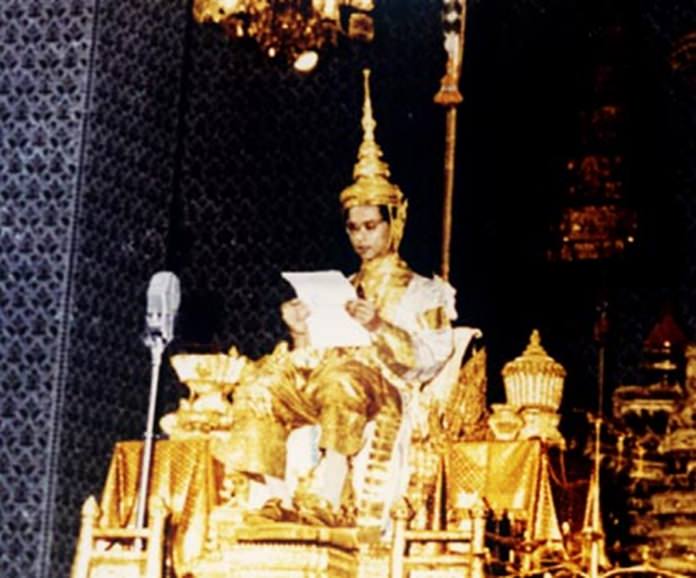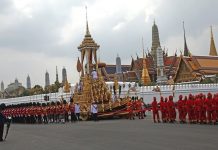
Bangkok (AP) – Thailand has undergone a dramatic transformation over HM King Bhumibol Adulyadej’s 70-year reign, largely propelled by one of the world’s fastest-growing economies and a willingness to open up to the outside world. Some of the changes since HM the King ascended the throne in 1946, when the kingdom was known as Siam:
Population:
1946: 18 million and growing fast, with families averaging six children.
Support Pattaya Mail – Click Here
Today: About 70 million and decelerating, with about 1.5 children born for every woman.
Environment:
1946: More than 60 percent of the country under forest canopy. Domesticated elephants number some 15,000 and tigers are feared in the countryside.
Today: Forests cover less than 20 percent and are still shrinking. Both wild and domesticated elephants – Thailand’s iconic animals – number about 5,000, with tigers down to less than 250.
Economy
1946: A rice-growing economy with a mostly rural population and exports restricted to agricultural produce and timber.
Today: Urbanization is still only at 35 percent (Germany’s is 75 percent, the U.S. more than 80), but industry and services now account for far more of the country’s gross domestic product than agriculture. Exports include hard drives, auto parts, chemicals and rice.
Social Indicators:
1946: Infant mortality stood at 130 for every 1,000 births. Average life expectancy was well under 50 years. About half the population was illiterate.
Today: Infant mortality now 11 for every 1,000 births and life expectancy 78 years for women, 72 for men. The literacy rate is 96 percent.
Tourism:
1946: A trickle of foreign visitors, confined mainly to Bangkok, which offered only one decent hotel: The Oriental.
Today: About 30 million tourists per year, arriving from every continent. Thailand regularly polled as one of world’s top tourist destinations with some of its finest hotels.
Bangkok:
1946: “The Venice of Asia,” a tranquil city of canals, temples and greenery, population about 1 million.
Today: A vibrant, chaotic, traffic-plagued metropolis of about 10 million in the greater metropolitan area and a skyline that challenges Manhattan’s.





